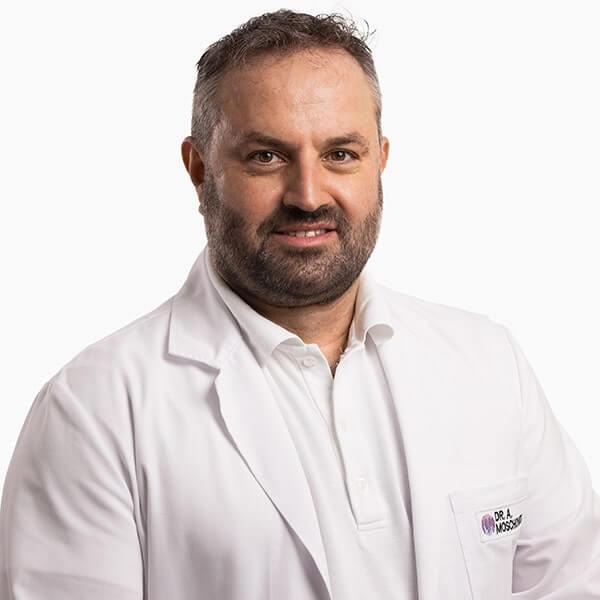What you need to know about TAVI
Doctors refer to the minimally invasive replacement of the aortic valve as TAVI. The procedure is less invasive than open-heart surgery, but the method is not suitable for everyone.
Tavi
The aortic valve prevents blood from the large artery (aorta) from flowing back into the heart - much like a tire valve. However, suppose the aortic valve is calcified, narrowed or leaking. In that case, it can cause discomfort and damage the heart in the long term. It may then be necessary to replace the defective aortic valve with a prosthetic valve. As an alternative to open-heart surgery, such valve replacement can also be performed minimally invasively via a catheter. Doctors call this procedure TAVI (transcatheter aortic valve implantation).
Who should undergo TAVI?
TAVI is a treatment alternative for people with severe narrowing of the aortic valve (aortic valve stenosis) that causes symptoms ("symptomatic severe aortic valve stenosis") and who would benefit from a less invasive method of valve replacement with favorable anatomy.
A dedicated multidisciplinary heart team makes the decision for or against TAVI in hospitals. Multiple specialists evaluate each patient to offer the best-individualized therapy. In addition to your overall health, the team also considers specific anatomical and technical reasons that may argue for or against TAVI.
What is the procedure for a TAVI procedure?
Usually, the new heart valve is inserted in a folded form through the groin with a thin, flexible tube (catheter) into the femoral artery and advanced to the heart. There, the doctor inserts the new valve into the defective valve. The procedure is usually performed without general anesthesia. A brain protection device is routinely used in our practice to minimize the risk of the procedure.
How do TAVI and conventional aortic valve replacement differ?
In TAVI, the doctor usually inserts the valve through a small incision in the groin. In contrast, in conventional aortic valve replacement, the sternum is generally cut in whole or in part (open-heart surgery). With TAVI, your heart continues to beat on its own throughout the procedure and you do not need to be artificially ventilated - so a heart-lung machine, as used in conventional aortic valve replacement, is not necessary. The patient can therefore resume normal daily activities in a few days.
Have your doctor explain all the pros and cons and decide together.









